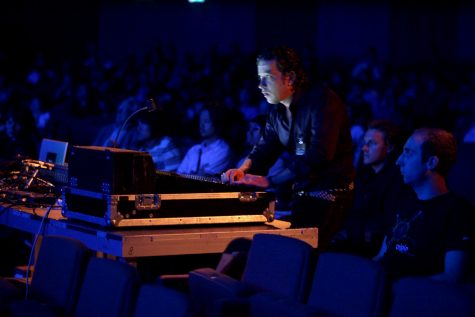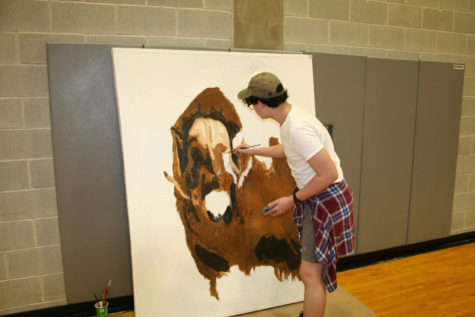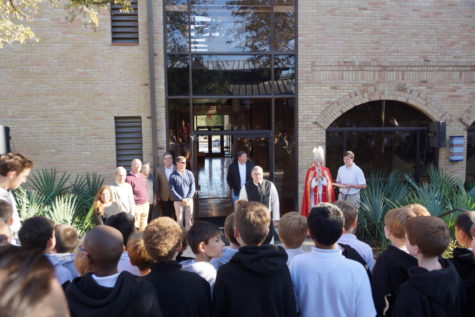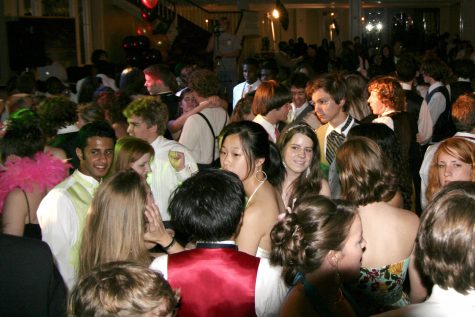The Egg Drop
October 9, 2018
This past Tuesday, September the 25th, marked a historic event: the Form VII Egg Drop. It was a day of highs and a day of lows. A day of joys and a day of sorrows. A day of — well, you get the idea. For this physics lab, the 7th form class divides into groups of two to compete in a test of ingenuity, creativity, and skill. Each group must create two different structures in which to drop an egg from the balcony of the 2nd level of the science building. One model, called the “crumple zone,” must be made of rigid materials that could break upon impact with the ground, whereas the other model must employ some sort of parachute (or another device to provide air resistance) in its descent to provide for a safe landing for the egg. There were many specifications that these models had to follow, although some people simply took these rules as loose suggestions. With as many participants as there are in a form, there is bound to be an interesting variety of models. In fact, designs ranged from the so-called “Eggcopter”, which spun downwards in a whirl of fury, to an egg pinned between two dried bagels. There was also the famous “PEPPERS.” That group attached celery and bell peppers with nails and zipties, and then stuck a bell pepper on top, and another pepper inside that pepper, and then an egg inside that. Many people doubted the safety (and legality) of their structure, but by some miracle, the impact with the ground caused the peppers to explode and the egg to fly and hit the ground without shattering. When asked why he choose bell peppers as the basis for his project, Nathan Paul said, “It was all because of convenience. I really didn’t want to have to make a lunch
that day, so I figured if it broke I could stick it in the microwave and have an easy omlette.”
Many groups developed a close attachment to and affection for the eggs they had labored so furiously to protect along with the structure itself. Unfortunately, only a few “crumple zone” projects managed to protect their eggs. Groups such as my own were sorely disappointed to hear the sound of our prized eggs cracking, showing our failure to adequately protect them. Many parachute models, in contrast to the “crumple zone” models, performed remarkably well, even with the unexpected factor of gusts of wind sweeping them up. Furthermore, some of these had to survive the labyrinth of trees ready to ensnare them. Almost as many as failed in the “crumple zone” saw success as their creation battled strong gales to emerge victorious. Finally, some free-style egg drops (not for a grade) took place. This provided the perfect opportunity for some bizarre sights, including a Styrofoam head with an egg buried in its forehead. Father Philip, both Form Master and physics teacher of the 7th Form, expressed his thoughts on the egg drop with his typical unbiased, straight-forward rationality, saying that he had seen better and he had seen worse.
In any case, it was a successful day — we engaged our creativity, came side by side for teamwork, and got to see more than a few eggs splatter on the hard concrete.













